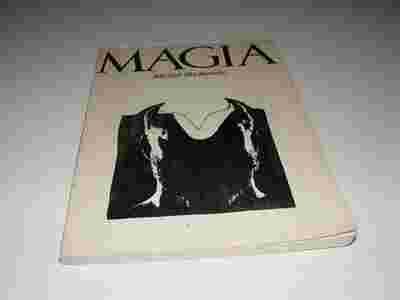19-01-2012, 21:47
Aukcja w czasie sprawdzania była zakończona.
Aktualna cena: 50 zł
Użytkownik
inkastelacja
numer aukcji: 2036023021
Miejscowość Kraków
Wyświetleń: 13
Koniec: 13-01-2012, 20:30
Dodatkowe informacje:
Stan: Używany
Okładka: miękka
Rok wydania (xxxx): 1986
Język: polski
Forma: tekst jednolity

